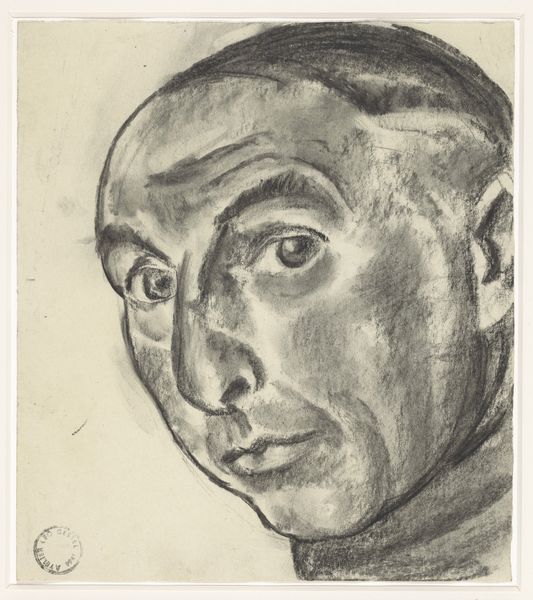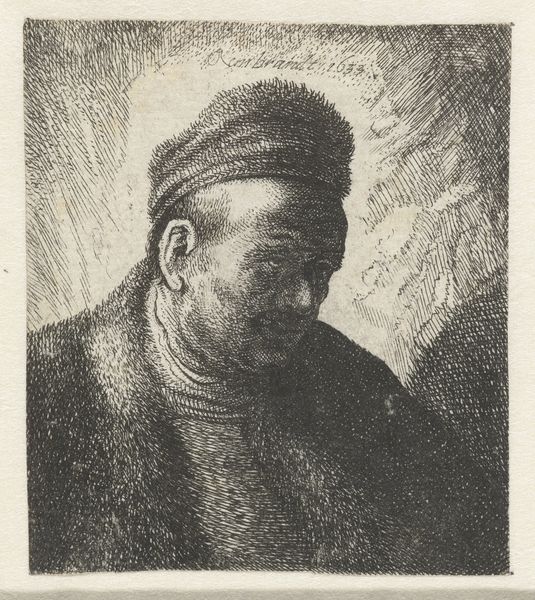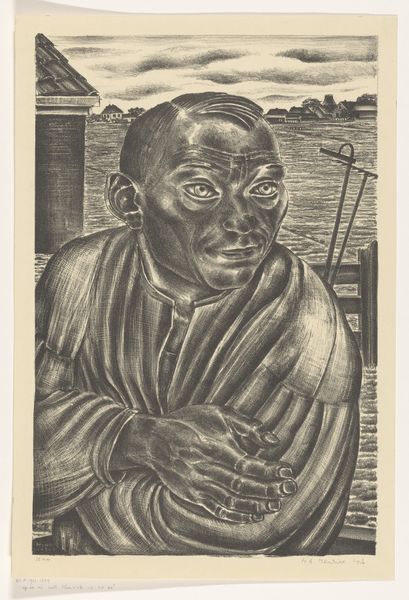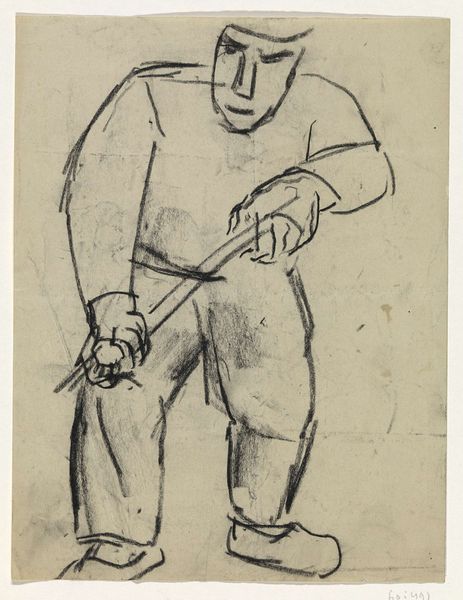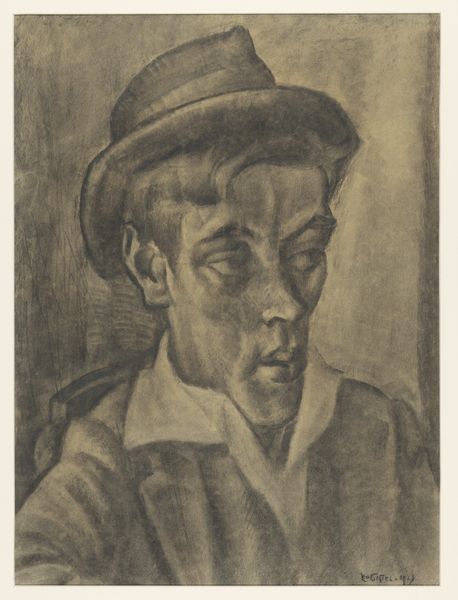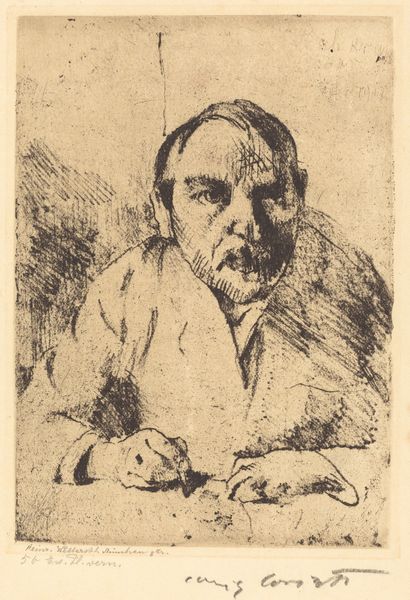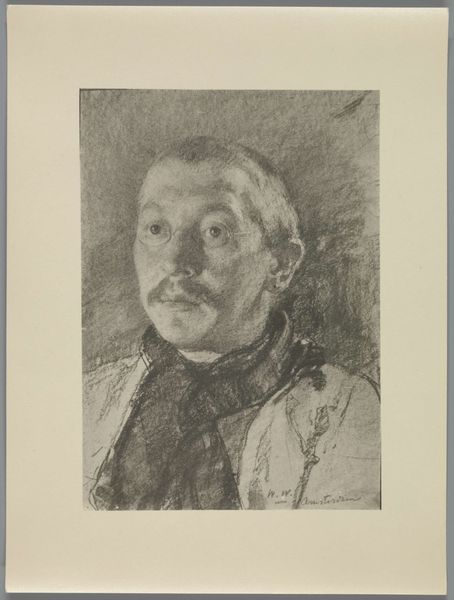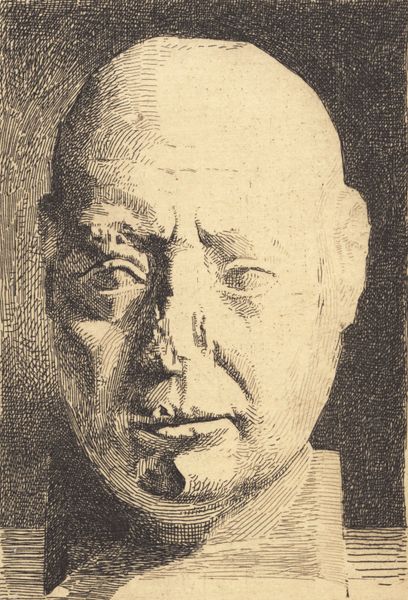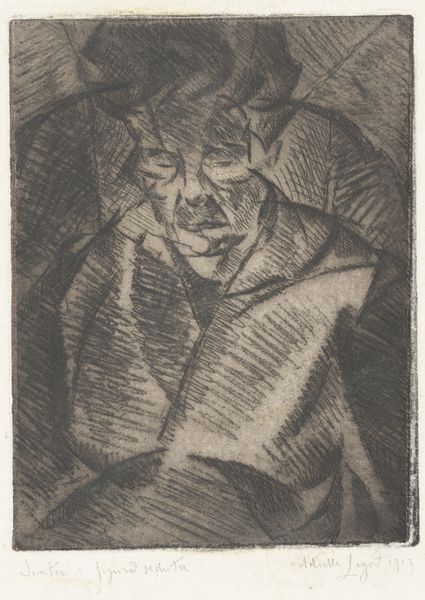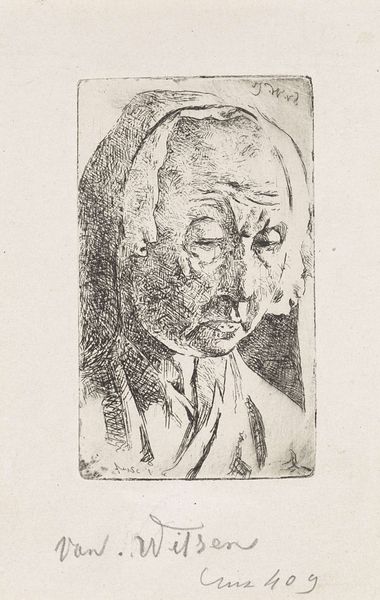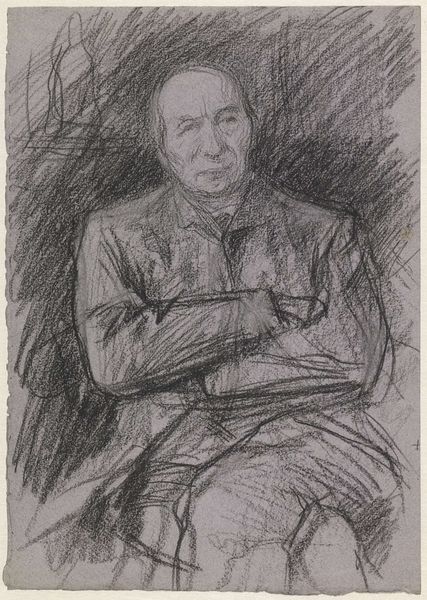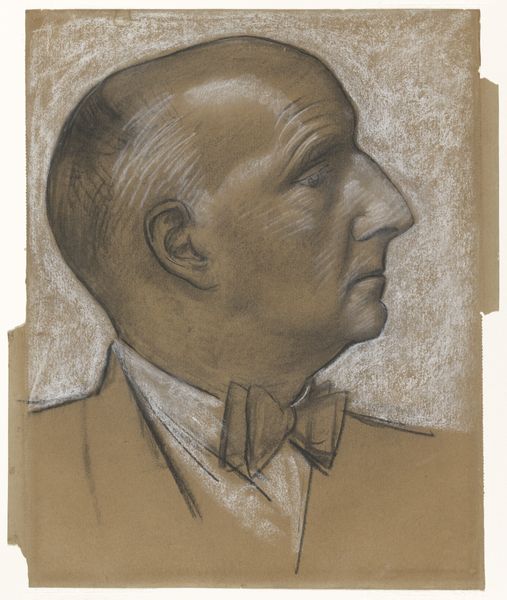
drawing, charcoal
#
portrait
#
drawing
#
self-portrait
#
charcoal drawing
#
expressionism
#
charcoal
Dimensions: height 630 mm, width 480 mm
Copyright: Rijks Museum: Open Domain
Editor: Here we have Leo Gestel's "Self-Portrait," created in 1927. It's a charcoal drawing currently held at the Rijksmuseum. There's a somber quality to the work that really draws me in, and also a very subtle, intimate view. How do you interpret this work, especially given the context of its creation? Curator: Gestel’s “Self-Portrait” indeed offers us a window into the artist’s internal world, but also, into the socio-political landscape of the interwar period. Expressionism, the style associated with the artwork, was often used to explore alienation and societal anxieties. Consider the stoicism in the subject’s face, perhaps it mirrors the collective sense of uncertainty and displacement many felt after World War I and even reflects on the quickly-changing political currents in Europe. How might Gestel be using his own image to comment on larger issues of identity and belonging during this period? Editor: So, it's less about a literal representation and more about using his own image to express a broader, perhaps even universal, feeling of unease? The solid almost crude style and medium amplify this sense of being 'grounded.' Curator: Precisely! The charcoal as medium adds to that rough-hewn quality and grounds it. Now, also think about whose stories were being told, and whose weren't, during the interwar years. The 'common man,' the every-person that Gestel is presenting here, could this be a political statement on representation, even subtly? Editor: That's a fascinating point! I hadn't considered it in terms of a commentary on whose stories are valued. Curator: Think of this work as Gestel participating in the broader movement to democratize art, bringing focus back to everyday existence. Editor: Looking at it now, the drawing feels both intensely personal and politically charged, especially considering the socio-political climate. Thanks! Curator: Indeed. Considering those intersections, between the personal and political, is crucial in understanding the true complexities of this self-portrait.
Comments
No comments
Be the first to comment and join the conversation on the ultimate creative platform.
